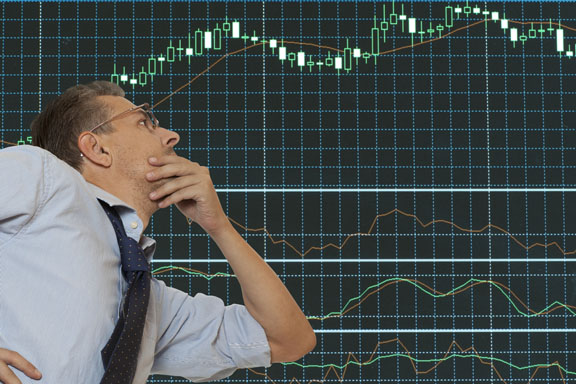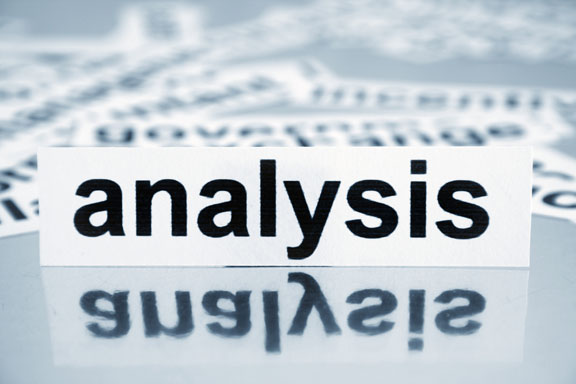After working with hundreds of traders from beginner traders to traders with a great deal of experience, I am still amazed at how many traders make several simple mistakes in their trading which can really short circuit their trading success. This week I will discuss 3 very common “rookie” mistakes that all traders should avoid.
- Not structuring your trades. Every time you enter a trade, you should properly structure the trade with an initial stop and a good target. Now there are several ways to determine what these levels should be using support and resistance or Fibanacci retracement levels or the Average True Range (ATR) based on the average movement of the price levels. What ever method you use as determined by your trading system, the important thing you should determine in advance is what your realistic target is based on the current market conditions and where you should put your stop based on current market conditions and then place those exit orders profit targets and stops accordingly.
- Over-leveraging your risking too much per trade. Always predetermine your risk before you get into a trade which will keep your position size in line with your account size. A good rule of thumb is to trade between 1%-2% risk per trade maximum. The first thing to do is to determine what that risk per trade is in dollars. If we have a 10k account we can then risk up to $200 per trade. (10k account X 2 %) The next thing to determine would be the total share to trade or the position size based on the $200 maximum risk. The way to calculate the position size is to calculate the risk per share. To determine the risk per share we calculate the difference between the entry price and the initial stop loss level. For example, if our entry price is $25 per share and our initial stop loss is set at $24 (I believe that a stop loss level based on support or resistance is better than a predetermined set stop loss level.) based on this example the risk per share would be $1 per share so we could trade up to 200 shares and limit our risk to a 2% maximum. This will help us limit our risk and not accept more risk than is prudent per trade.
- Letting emotions keep you out of good trades or enter a trade late. Nobody likes to have a losing trade, however this is part of trading. If you have properly structured your trade and utilized your risk management rules, limiting your risk to an appropriate amount, then you need to control your emotions, especially after you have had a loss or two. If you don’t follow you entry rules and “talk yourself” out of a trade, you could end up passing on the good trades. Also, don’t chase a trade, meaning hesitate to enter, and then enter late once the trade becomes profitable. You must avoid entering a trade late because often when you enter a trade late you may have already missed some or, perhaps even the entire move.
If you can avoid these common mistakes you will be much more disciplined traders. Follow these simple rules: Structure your trades and don’t let emotions control your trading!









